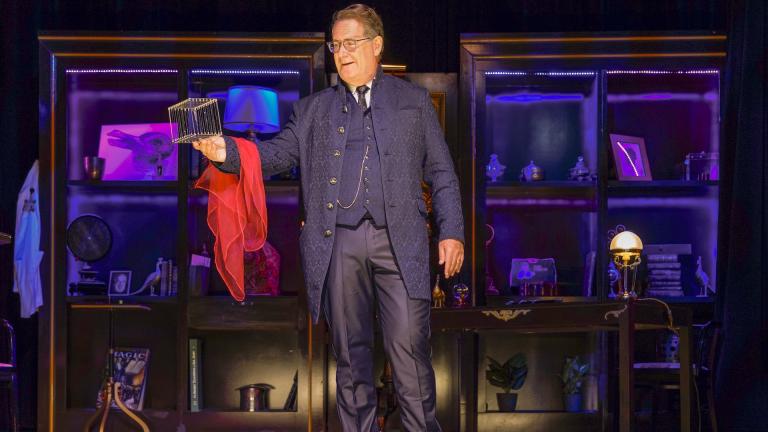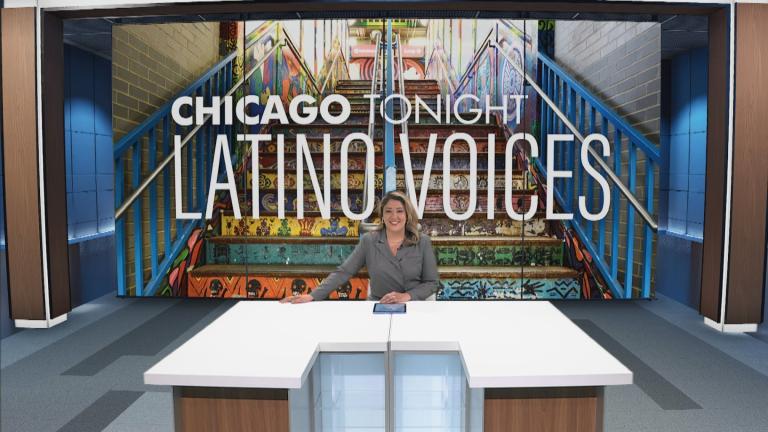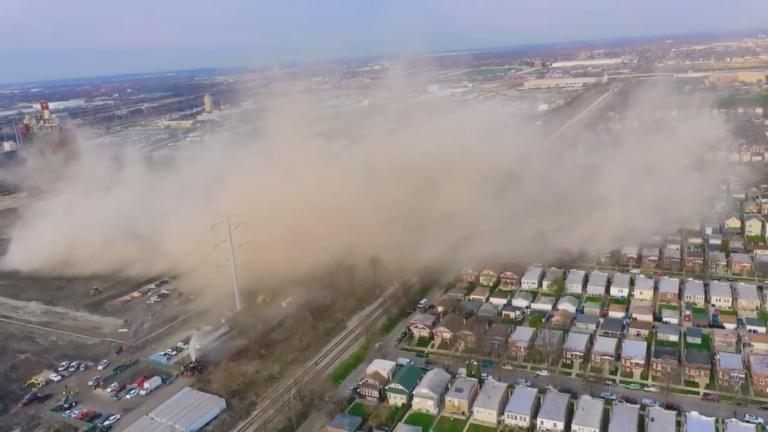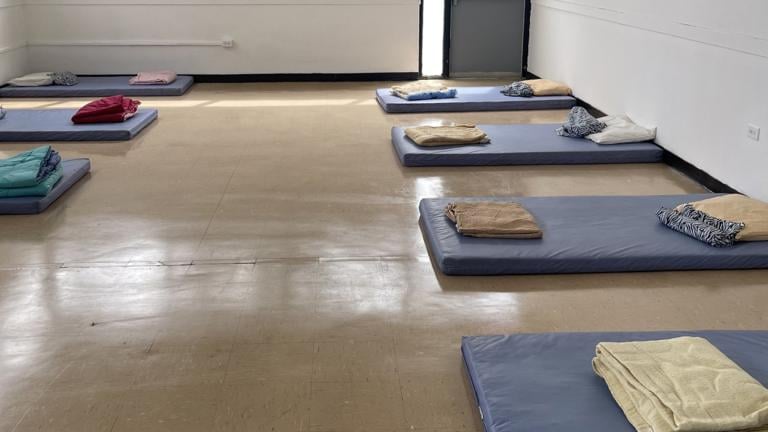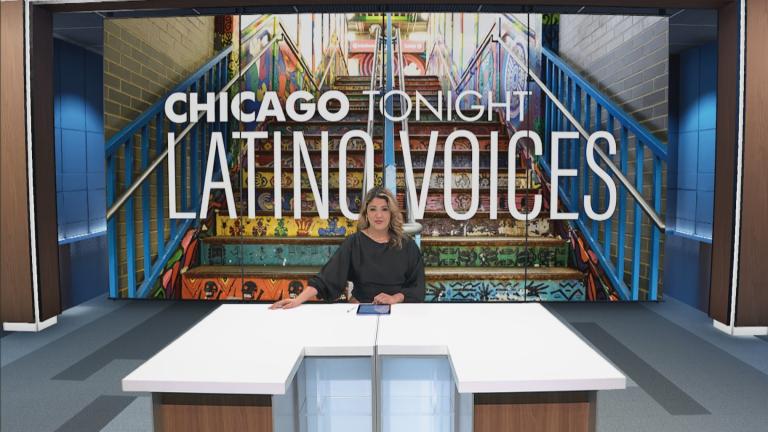According to a 2022 American Heart Association study, Black and Latino people experiencing cardiac arrest are 41% less likely than their White peers to receive cardiopulmonary resuscitation, better known as CPR, from a bystander. The same study also found that even at home, White people in cardiac distress are more likely to receive CPR than Black or Latino people.
But health professionals say just about anyone with hands can help save a heart — and since according to AHA statistics, 52% of Latino men and 43% of Latinas have cardiovascular disease, it’s an important skill to learn.
Dr. Nicholas Cozzi, EMS medical director at Rush University Medical Center, said one theory is that COVID-19 played a role in causing the gap.
“Some hypothesize that (the discrepancy is) a result of COVID restrictions, when people were more hesitant to engage,” Cozzi said.
More than COVID, there is also the issue of a lack of access to learning CPR skills because of language barriers and a lack of classes taught in Spanish, Cozzi later added. Those factors combined with COVID are what is driving the disparities. It is also why the RUSH 911 group worked to offer a free CPR course in Spanish, Cozzi said.
Cozzi and Dr. Daniel Reyes, a resident physician at Rush, are among the faculty who offer free CPR training sessions to the community. Groups interested in scheduling a training can begin by emailing [email protected].
Reyes said part of the training is helping people overcome any hesitation they might feel about performing CPR.
“I think one of the biggest barriers to CPR in general is kind of this phenomenon that we in medicine, we call activation energy — just, ‘Am I even able to do this?’” Reyes said. “And I think part of what we try to teach to any group that we provide these trainings to, including Latinos, is you can do this just with your two hands, here are a few steps that you can remember.”
Cozzi also noted that Rush offers CPR training in Spanish as well as English.
“We want to … lower the activation energy by making this accessible, approachable,” Cozzi said. “We want to go to places of worship, community centers. That’s where I think we can start bending that curve the right way for our community.”
Video: Drs. Nicholas Cozzi and Daniel Reyes explain how to perform CPR and use an emergency defibrillator.
Note: This article was updated to include more context around language barriers and CPR classes.

